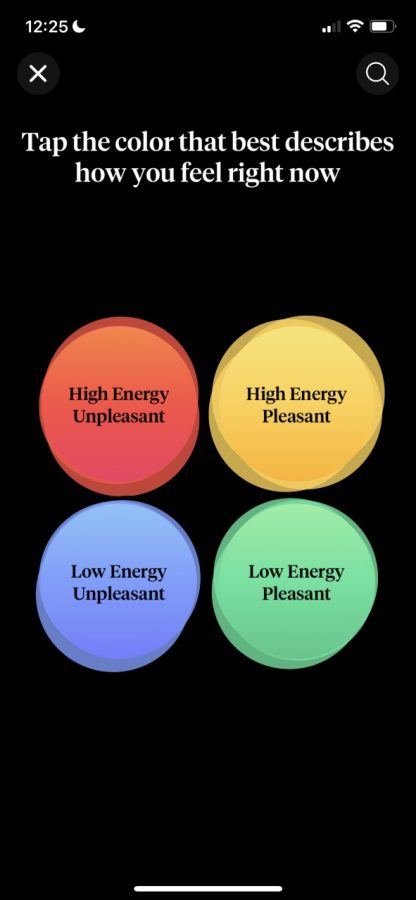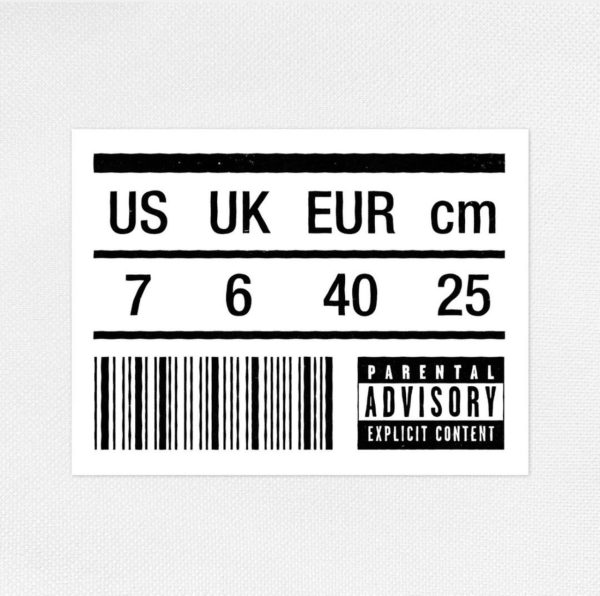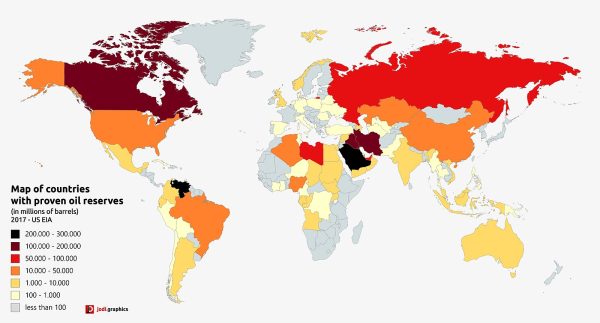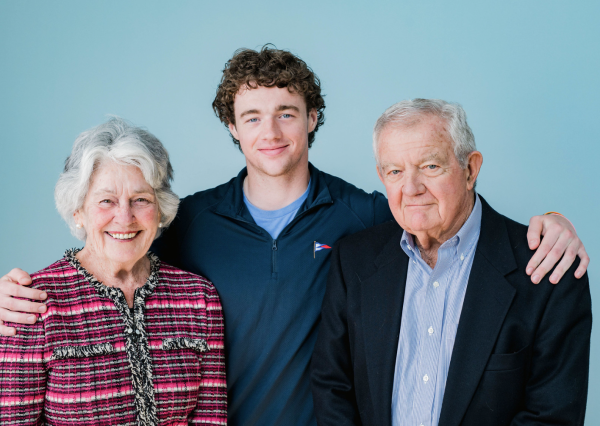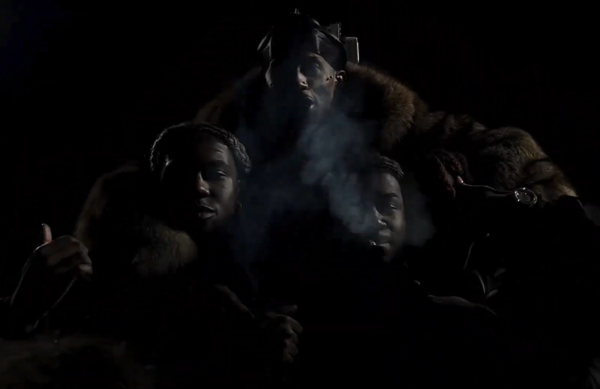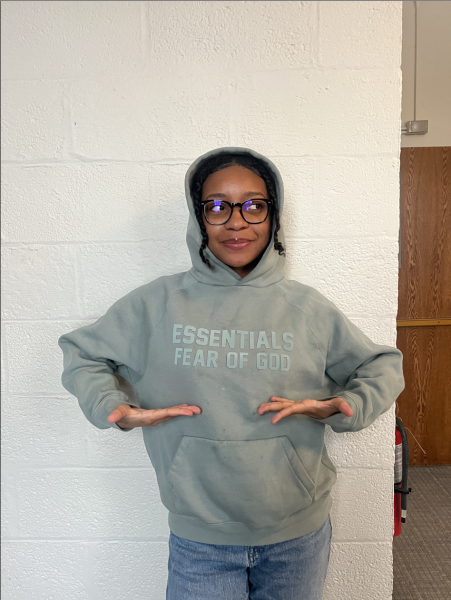How Do You Feel?
The How We Feel App is growing rapidly in popularity amongst both students and teachers on the Williston campus.
The How We Feel App allows you to report your emotions throughout the day. The user starts by choosing how they are feeling within the categories of high energy unpleasant, high energy pleasant, low energy unpleasant, and low energy pleasant. Within these categories there are a multitude of emotions to chose from. As the user you can then share your feelings with your friends at all times during the day.
The How We Feel Project is a non profit that was created amidst the pandemic in 2020. Their first app was an created to allow people to self report Covid symptoms anonymously in order to share data with scientists and doctors. They later developed the How We Feel App, which is described on their website as a way to allow people “to will learn precise words to describe how you feel, spot trends and patterns, and practice simple strategies to regulate your emotions in healthy ways.”
Assistant water polo coach, Emily McDowell, was first introduced to the app through the players on the team during their spring training trip in Florida. McDowell downloaded the app and connected with the players which allowed her to fully understand the importance of the app.
Mrs. McDowell said she believes the current generation “is very comfortable sharing your emotions on social media and The How We Feel app has helped normalize that conversation with your peers even more” she said. “I was impressed when players would share harder feelings and other teammates would take the time to check in on them.”
On the Apple App Store the app currently has a rating of 4.9/5 stars with almost 6,000 reviews. Many reviewers commend the app for its simplicity and effectiveness. Some even went as far as Danie728 who said “I’ve needed this my whole life.”
Similarly Meg Colenback, Williston’s Director of Mental Health Counseling, feels the app has the potential to be a very useful tool.
“I always love finding ways to use technology and emotions” she said. “When I first heard about it I was super interested about looking into it. Although I will say I was little skeptical. Some apps are better than others. I started using it and did some research on it and was able to see it could be a really good thing.”
Junior boarder, Teagan Duffy, was first introduced to the app through a friend on campus. She instantly enjoyed using the app but fears what it could turn into as more begin to download.
“I think it will grow more popular if people embrace it for what it is, and not begin to treat it like another botched form of social media,” she explained. “I think the concept of the app is amazing, and the ability to record real-time emotions is something very valuable, but can easily be misconstrued. I hope people continue to use it as a way to better communicate with those they care about.”
The app allows the user to add as many “friends” as you would like. By doing this some fear the app might become harmful in the way that people are putting their emotions on others or even using it with the wrong intentions like seeking out attention under the ruse of feeling sad or not okay.
Similarly, Colenback acknowledged that the app also has the opportunity to be harmful to users.
“The app would be best used if people were educated properly on how to use it,” she explained. “One of the negative things that comes with the app is people feeling responsible for others feelings. Emotion regulation is about helping yourself.”



